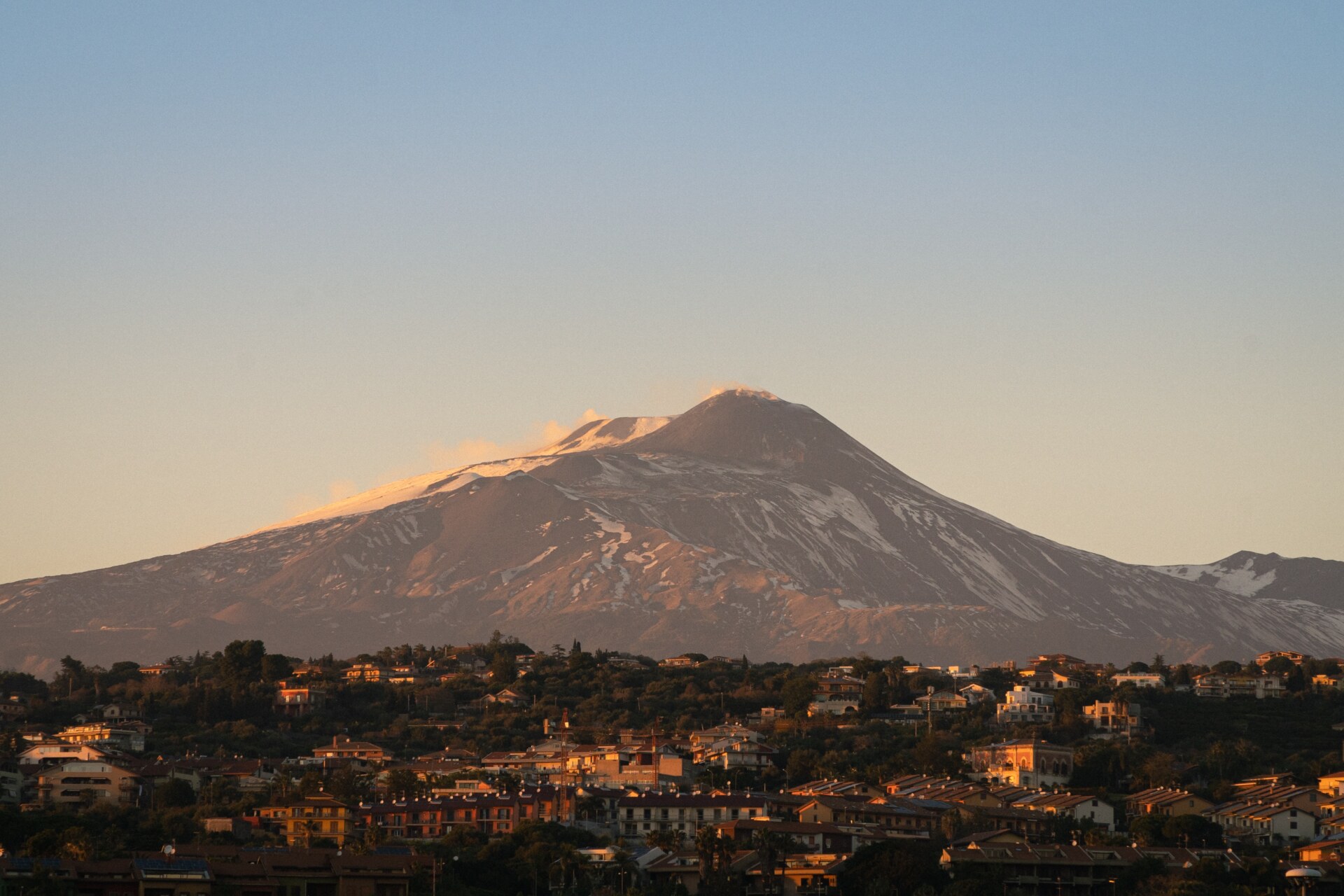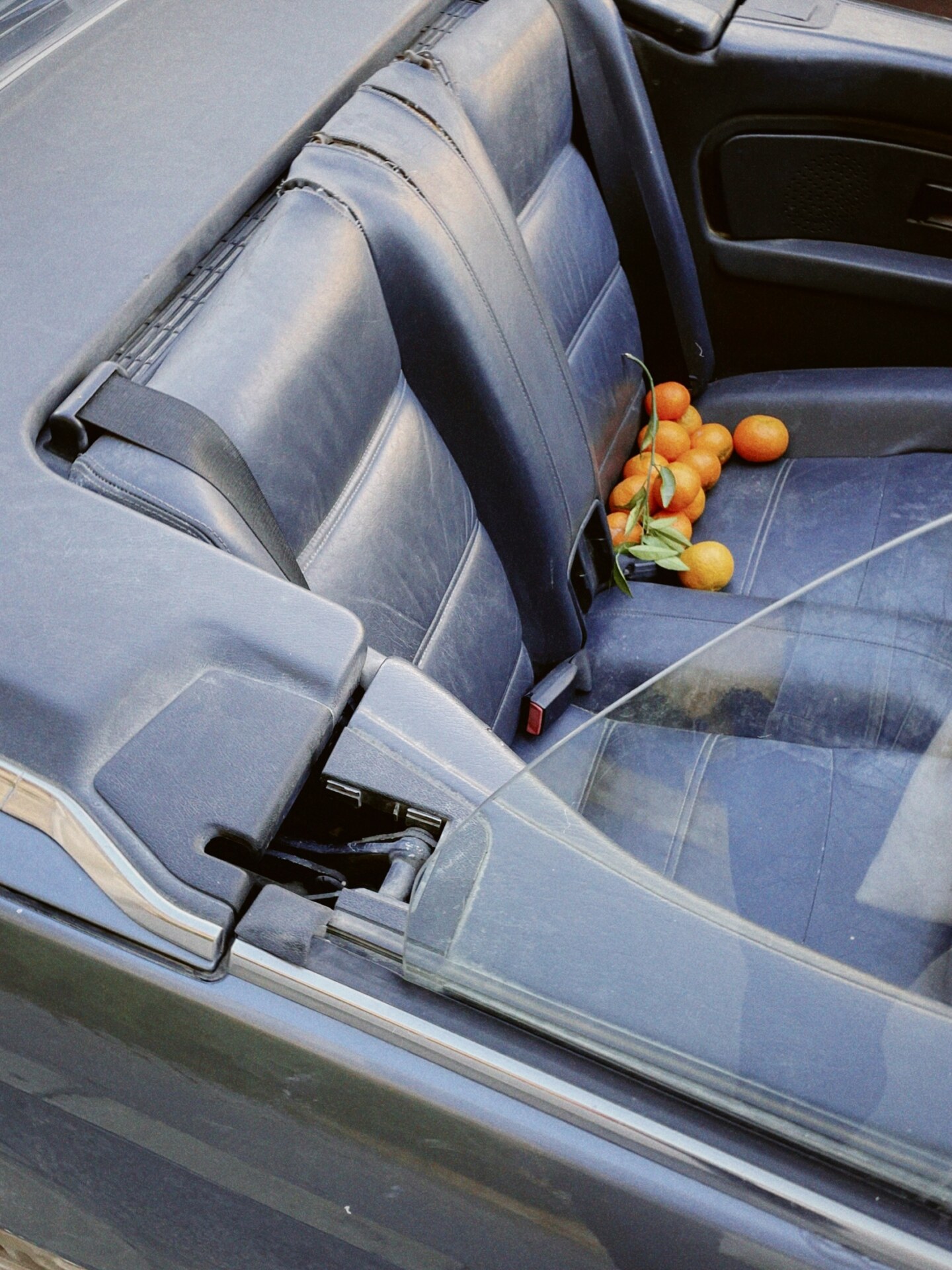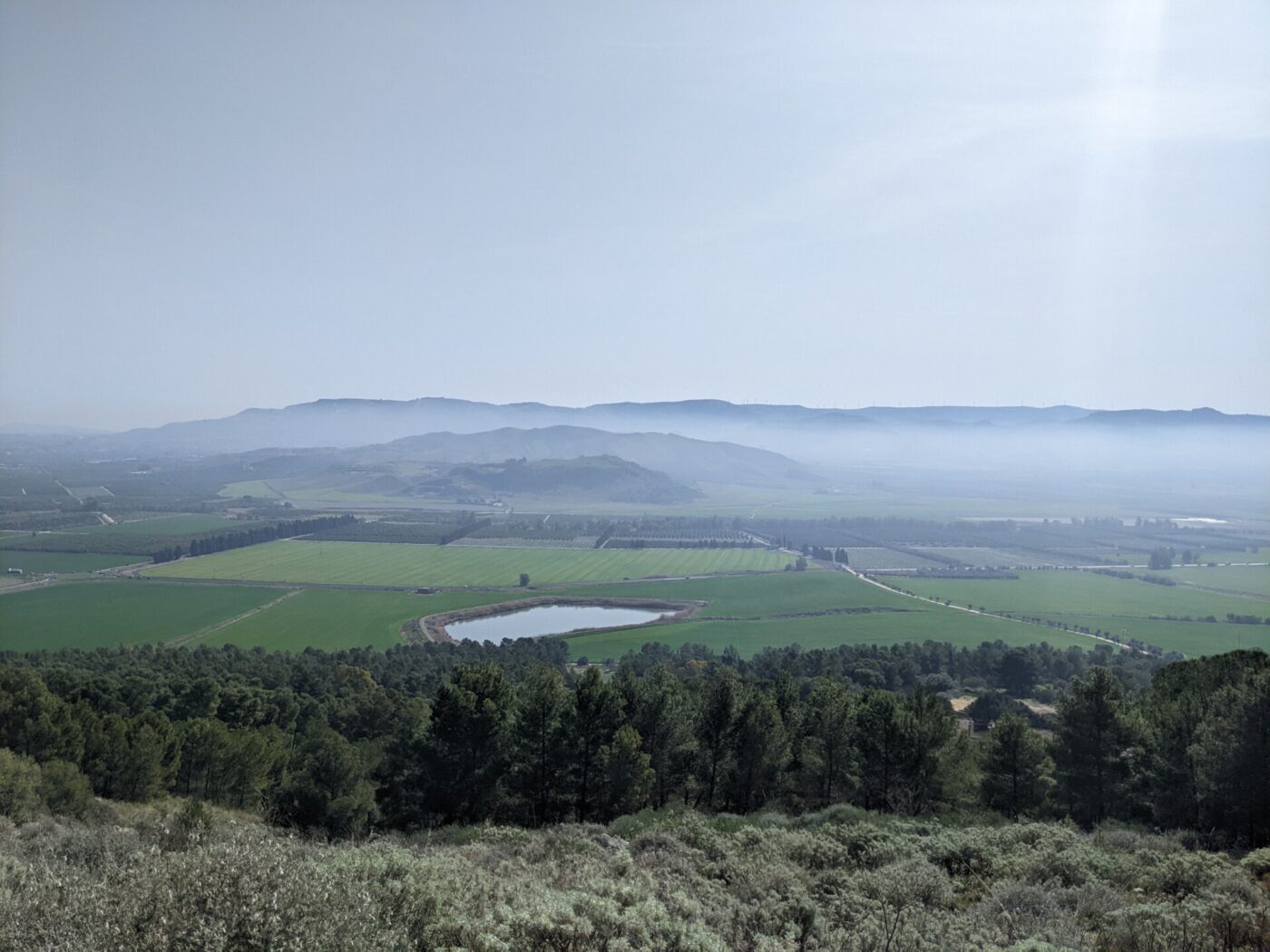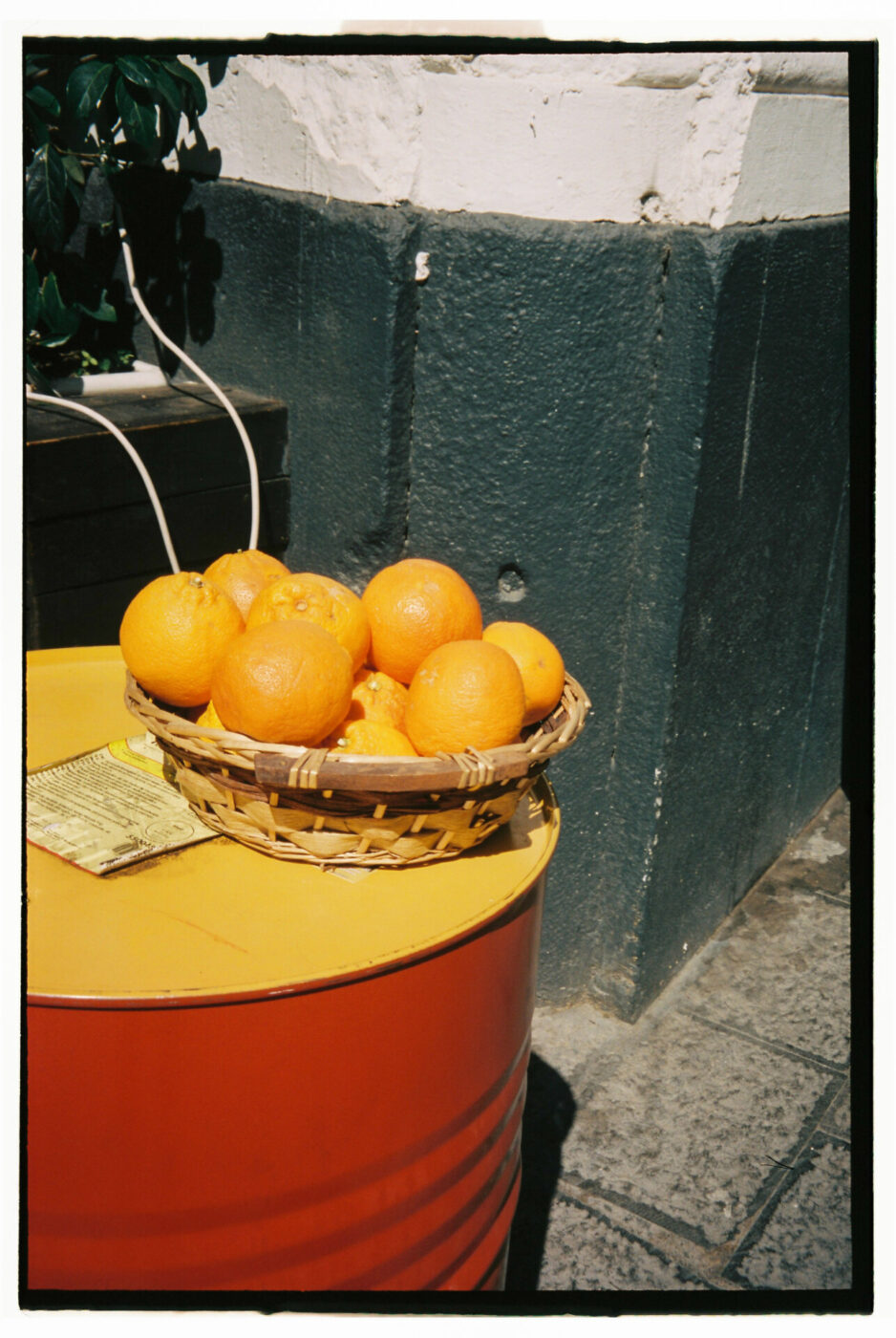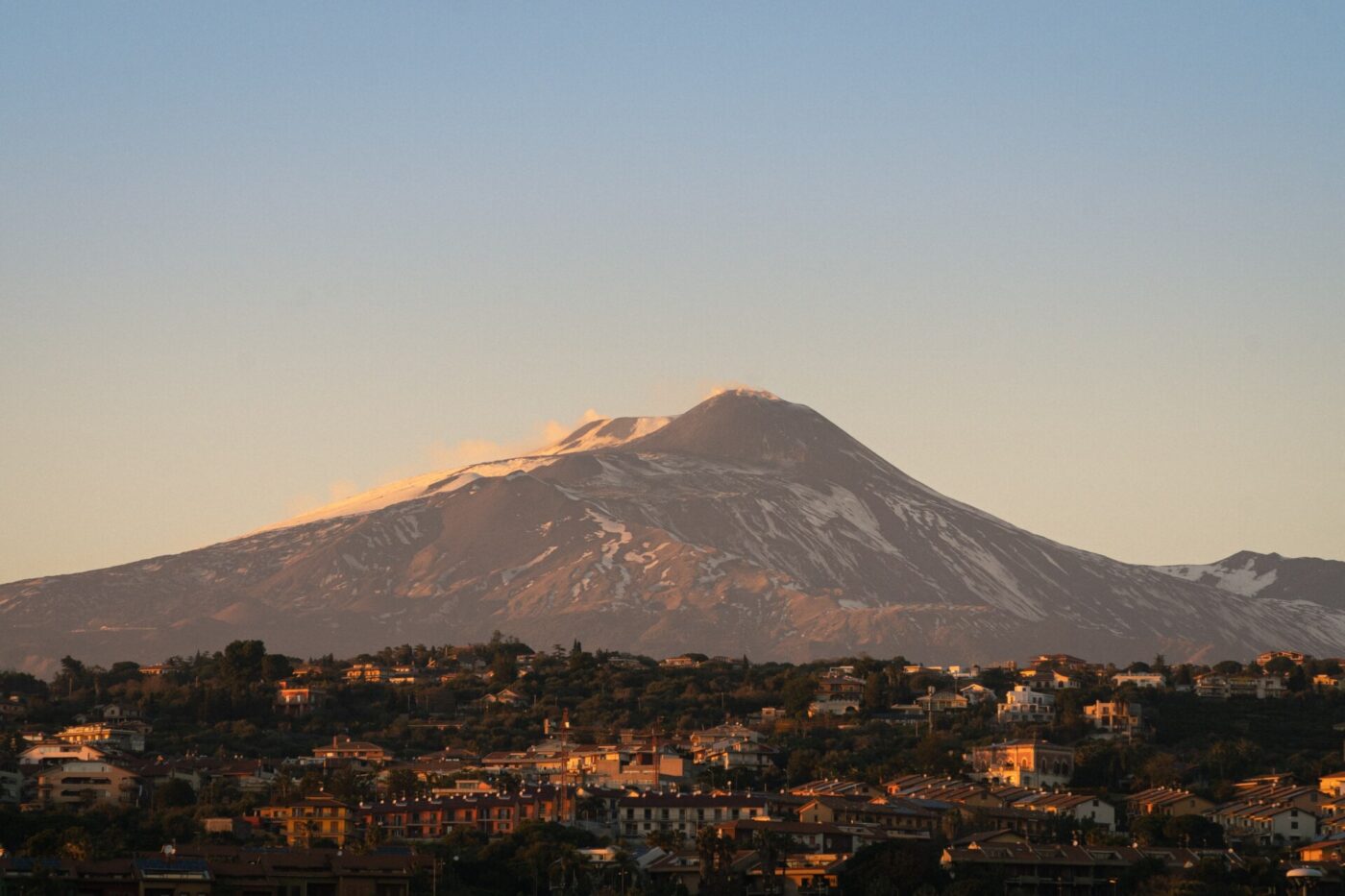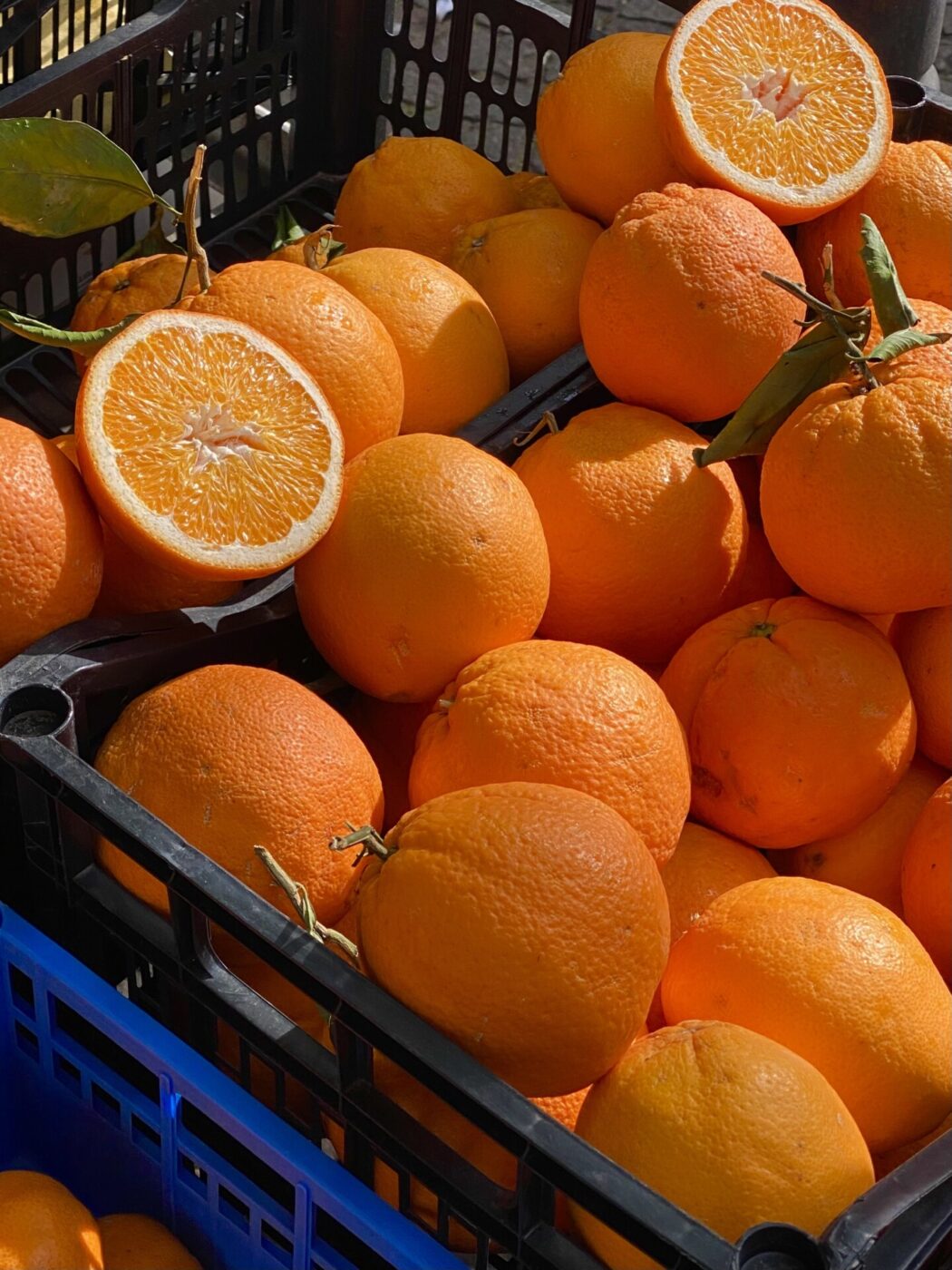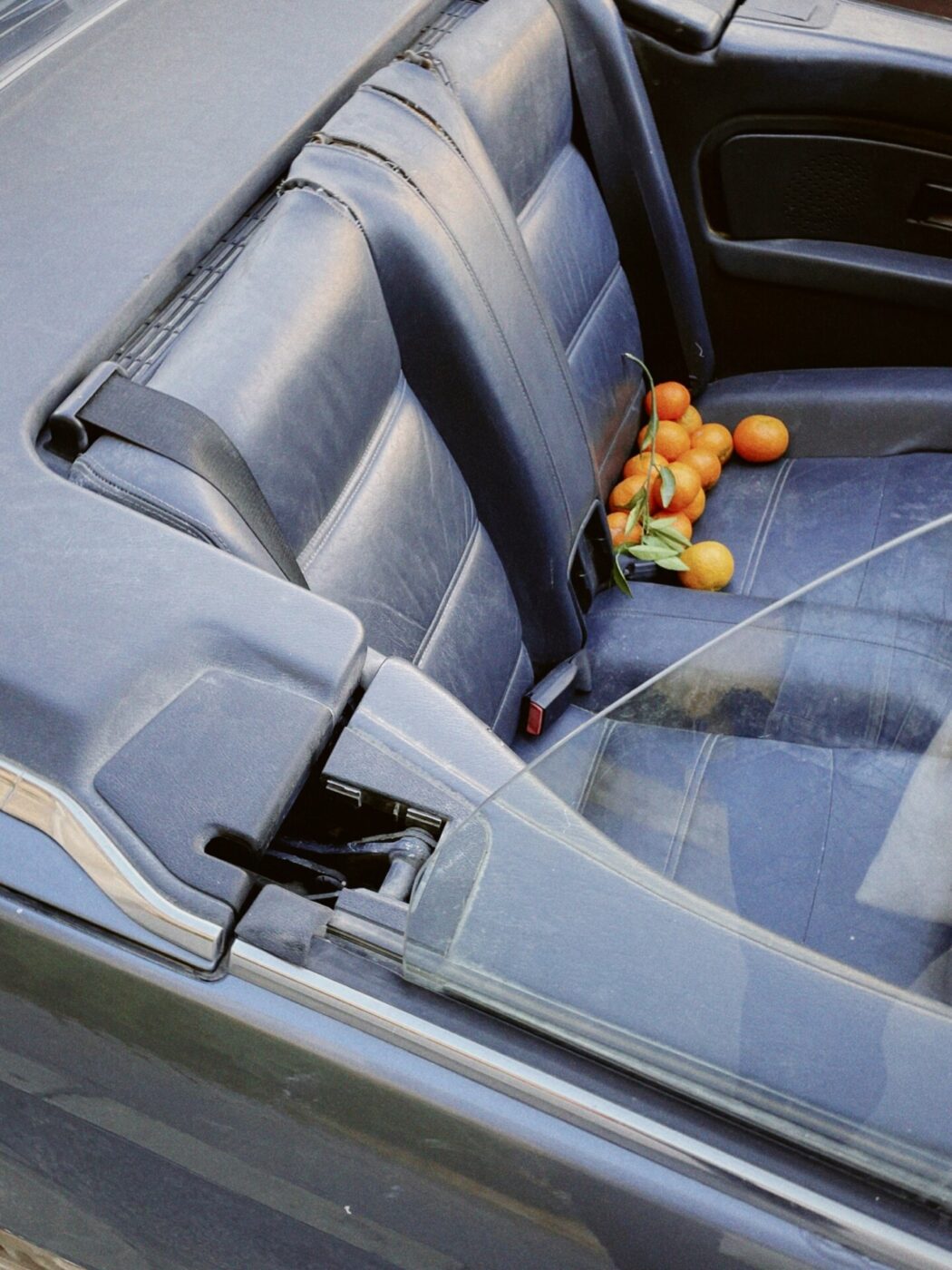It was mid-February, and I felt like I hadn’t seen the sun for months when I arrived on the beguiling island of Sicily. Italy’s largest island shimmered with an intense shade of green, flecked with the occasional bright splash of orange, thanks to the citruses of the same name, as we drove through the endlessly winding roads of the southeast of the island. The Sicilians may be incredibly welcoming, but the terrain to the south of Catania is far from it–that is until you head into the Piana di Catania. Flat and fertile, the piana is overlooked by a snowy (and fairly active) Etna, which has given the area the mineral rich soils that are perfect for growing orange trees.
Sicily produces almost 4 million tons of citrus fruits a year: oranges, lemons, tangerines, and grapefruits, among others, are grown in abundance, but it is the orange that reigns supreme. Stroll around Catania and you’ll see signs for spremuta on almost every corner, that and trestle tables overflowing with oranges sliced in half, showcasing just how very juicy and deeply orange or crimson in colour they are. As you travel around the island, heavily-laden orange trees peek over fences, and oranges, candied or otherwise, can be found in cannoli, cassate, granita, pan di arancia, zeppole, and fennel salads. Italy is the second producer of oranges in Europe, coming second only to Spain; within the country, Sicily comes top, growing 59% of the country’s orange crop.
With warm temperatures, consistent sunshine, and volcanic soils, Sicily’s climate is favourable for the crop, and the island boasts two EU quality labels for oranges: one for the Arancia di Ribera PDO–including Brasiliano, Washington Navel, and Navelina oranges–and the other for the Arancia Rossa di Sicilia IGP–including Tarocco, Moro, and Sanguinello oranges–all of which are indigenous to Italy and are also known as blood oranges.
Orange picking begins as early as November and can go on as late as May, depending, of course, on the weather conditions. When I touched down in February, the harvest was in full swing.
I arose early to be greeted by heavy mists and freezing temperatures–which I later learned are essential for the blood orange to turn its glorious red tinge. Winding up and up the only hill for miles around, along a track lined with olive trees, I reached Tenuta Serravalle in the heart of the Piana di Catania. Despite the weather and time of day, the farm was very much awake. Orange farmers rise early and rest in the afternoon (which is especially important in the hottest months of the year, when temperatures can reach the mid-forties) and so the day was in full swing–and had been for several hours–by the time I arrived. The farmhouse is beautiful, pink-hued and decorated with 150-year-old bougainvillaea; Gerardo and Mariarosa Diana have been running the farm for 30 years, though the property first belonged to Gerardo’s great great grandparents. Their business clearly puts family first: some of the farmhands too are second generation.
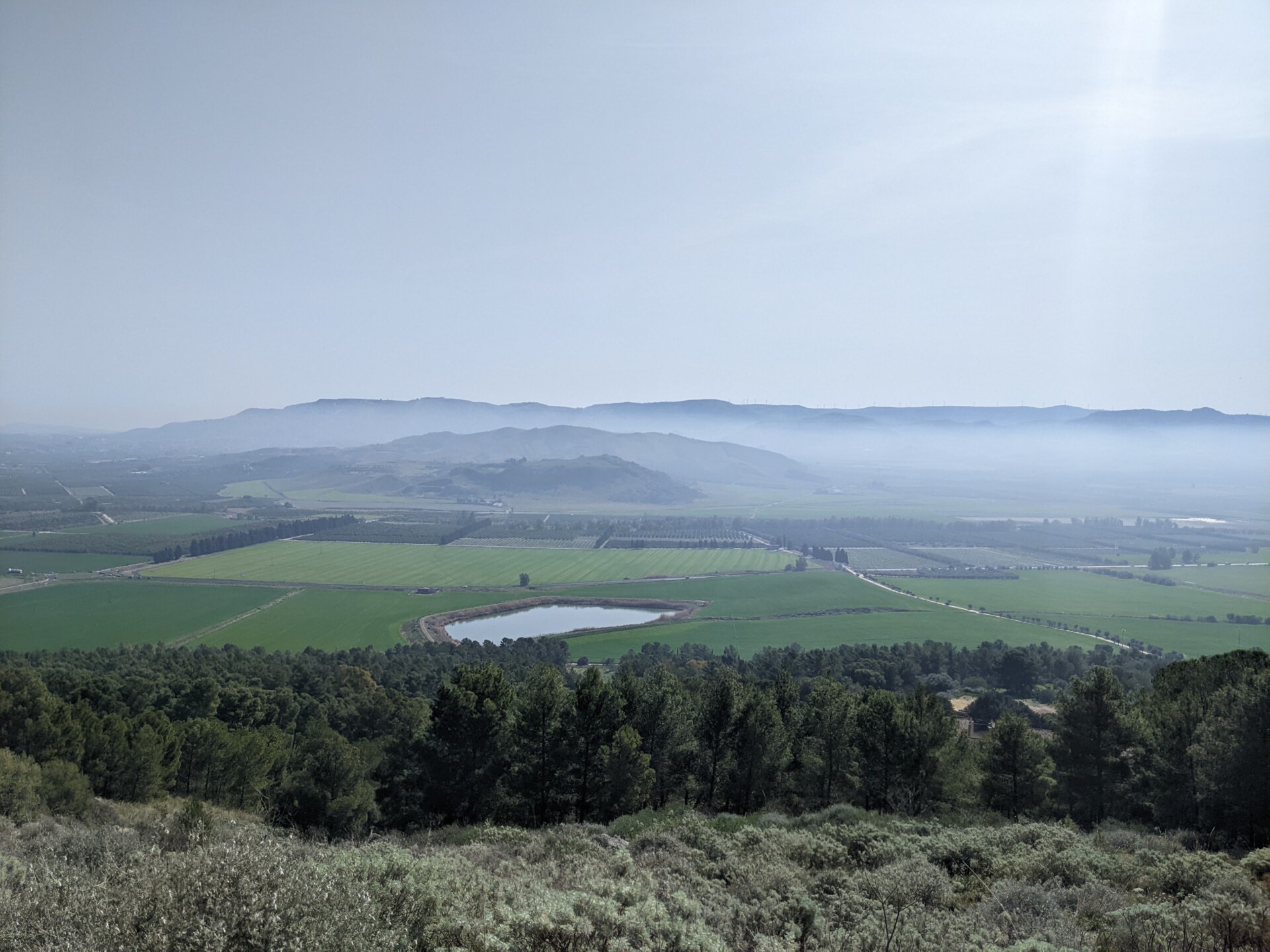
It was not always Gerardo’s intention to participate in the family tradition. After studying agriculture in the US, Gerardo was farming water buffalos up near Caserta and took a few months away to help his grandmother on her farm in Sicily. It was during this period that he met his future wife Mariarosa. Their first encounter was on the beach. “I always say it was because of Mariarosa that I stayed,” he laughed, and you can sense how strong a team they are and just how much the orange business means to them both. Formerly a lawyer, Mariarosa has been a driving force behind the expansion of the farm’s products, and she’s keen to show me some when I arrive. These include beautiful blue and gold packaged honey and marmalades (sweetened using the aforementioned honey) with labels designed by local artist Sergio Fiorentino. Packaging aside, the honey and marmalade were delicate, not-overly sweet or tart, and perfect when heaped greedily onto delicate almond biscotti and washed down with a freshly-squeezed, pink-tinged spremuta to help fuel our visit around the groves.
It was time to pick the Tarocco variety (also known by some as the “queen” of blood oranges), and so off we went across the farm’s 240 acres to see how it’s done. Twenty or so local orange pickers nimbly scaled the trees (with the help of ladders so as not to damage the branches) before deftly snipping the golden, orb-like fruits from their burdened branches with barely-visible miniature scissors that fit perfectly into the palms of their hands. I was offered a taste of one of the fruits fresh from the tree. Peeling back its glossy, thick skin revealed one of the most delicious oranges I’ve tried: sugary (yet not cloying), slightly acidic (yet not too sour), and juicy, much more juicy than any of the ones I’ve had back home. The next step sees the oranges gently placed into buckets, then carefully arranged into crates that rest temporarily between the rows of trees and transported to a factory to be sorted by size and quality, before being shipped off to the customer. Most are sold in Italy–to buyers in Rome and Milan especially–although increasingly Gerardo and Mariarosa are selling their oranges in France (“the French love them!”), Switzerland, and across continental Europe.
Part of Gerardo and Mariarosa’s team is their own herd of donkeys that graze the scrubland near the farm and keep the vegetation sparse–a way to protect their beloved orange groves from forest fires in a more climate-friendly way. Climate change and increasingly high temperatures have seen the island’s vegetation catching light: some of the highest temperatures in Europe were recorded in 2021 when the thermometer hit 48.8°C in Syracuse, and the past two summers’ extreme heat waves sparked aggressive wildfires.

Photography by Gina Spinelli
When he’s not on the farm, Gerardo can be found in Catania, working as the president of the Consortium for the safeguard of Sicilian IGP Red Oranges, an organisation that aims to promote and protect the Tarocco, Moro, and Sanguinello varieties of Sicilian blood orange. There are 500 producers of these three types of blood orange on the island: in the 2021/22 season, 30,000 tons of Sicilian blood orange were sold, worth a whopping €40 million. “We say to be an IGP Sicilian blood orange, the orange has to be able to see Etna when it’s on the tree,” Gerardo says smiling, but his words are not so very far from the truth. In fact, to be IGP, the oranges have to be grown in the eastern part of Sicily, between the provinces of Catania, Enna, and Syracuse and in the area surrounding Etna. The oranges need to be a certain size and contain a certain amount of sugar (for the Tarocco variety, a minimum of 10g of sugars in 100ml of juice), all set out in official government-approved documents.
For much of the world, an orange is a conveniently packaged snack or a morning Vitamin C boost, but here in Sicily, you really see how many families live to the rhythm of the bright citrus. It takes five years for an orange tree to start producing fruit, and farming them takes time and patience and a huge amount of dedication–especially with early wakeups and brutally hot Sicilian summers. But even those Sicilians who are not directly linked to the citruses’ production are immersed in its importance: orange imagery is popular home decor, and references to the fruit are scattered throughout the island’s literature; in Sicilian fairy tales, oranges are magical objects and often denote wealth; festivals are devoted to the fruit.
To mark the beginning of the 2022/23 Sicilian blood orange season, Gerardo climbed up a snowy Mount Etna on foot, carrying with him a small batch of Moro oranges. There, he staged a photoshoot with the oranges, the imposing Etna, and his dog, starting yet another tradition in honour of Sicily’s golden fruit.
